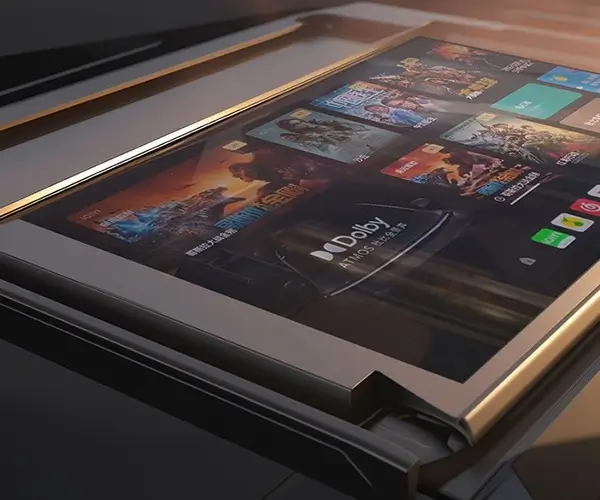Sure! Here’s a lively, engaging, and non-linear take on how brushless motors work, crafted to be both informative and appealing to readers interested in high-performance motor technology. I’ve kept the tone casual, sprinkled in some questions, and avoided overly formal or repetitive language.

Ever wondered how those small drones hover effortlessly or how electric bikes zip past without a hitch? The magic behind all this tech boils down to one thing: brushless motors. They’re revolutionizing everything from RC cars to advanced robotics, and trust me, understanding how they work isn’t just nerdy talk. It’s pretty fascinating.
Imagine standing in front of a classic motor, the kind with brushes and commutators. Now, erase that mental image. Brushless motors ditch the brushes entirely. Why? Because those little brushes wear out, create sparks, and limit the motor’s lifespan. Instead, brushless motors use fancy electronics and clever design to turn electricity into rotational energy. Think of it as a smooth-musician orchestra without the squeaky strings.
So, how does this orchestration happen? It all starts with magnets. Inside a brushless motor, you have permanent magnets attached to the rotor, which spins around. Out of sight, in the stator, coils are stacked up like a mini city grid. When current flows through these coils, it creates magnetic fields that push and pull on the magnets in a dance. No brushes needed—they’re replaced by sensors and electronic controllers that tell the coils exactly when to energize.
A question that probably pops into your head: is it faster or better? Well, brushless motors often perform more efficiently and last ages longer. That’s because there’s less heat, less wear and tear, and better control. Plus, because they run cooler, they can be packed into tighter spaces without risking overheating.
Now, you might wonder, what about control? How do you go from pressing a throttle to the motor spinning exactly how fast you want? Here’s where the electronics shine. They constantly monitor the position of the rotor using sensors—think of it as a GPS for magnets—and adjust the current in real-time. This feedback loop keeps everything super smooth.
What sets brushless motors apart? Durability is a big part. They’re often preferred for high-demand applications—say, drones that stay in the sky for hours or electric vehicles that reply instantly to your commands. They’re also more energy-efficient. That means you get more run time and less power wasted for the same performance.
So, when you crack open a drone or a racing robot, remember, beneath all those tiny gears and plastic shells lies a brilliant little marvel—an unseen, sophisticated checkerboard of magnets and coils. It’s a clever design, no doubt. These motors are truly the backbone of modern electric-powered gear, pushing boundaries and making everything smarter, faster, quieter.
Hope this sparks some curiosity. It’s a wild, innovative world behind the scenes, all buzzing to keep things moving—that’s what makes brushless motors so compelling.
Leveraging innovations in modular drive technology, Kpower integrates high-performance motors, precision reducers, and multi-protocol control systems to provide efficient and customized smart drive system solutions.




































